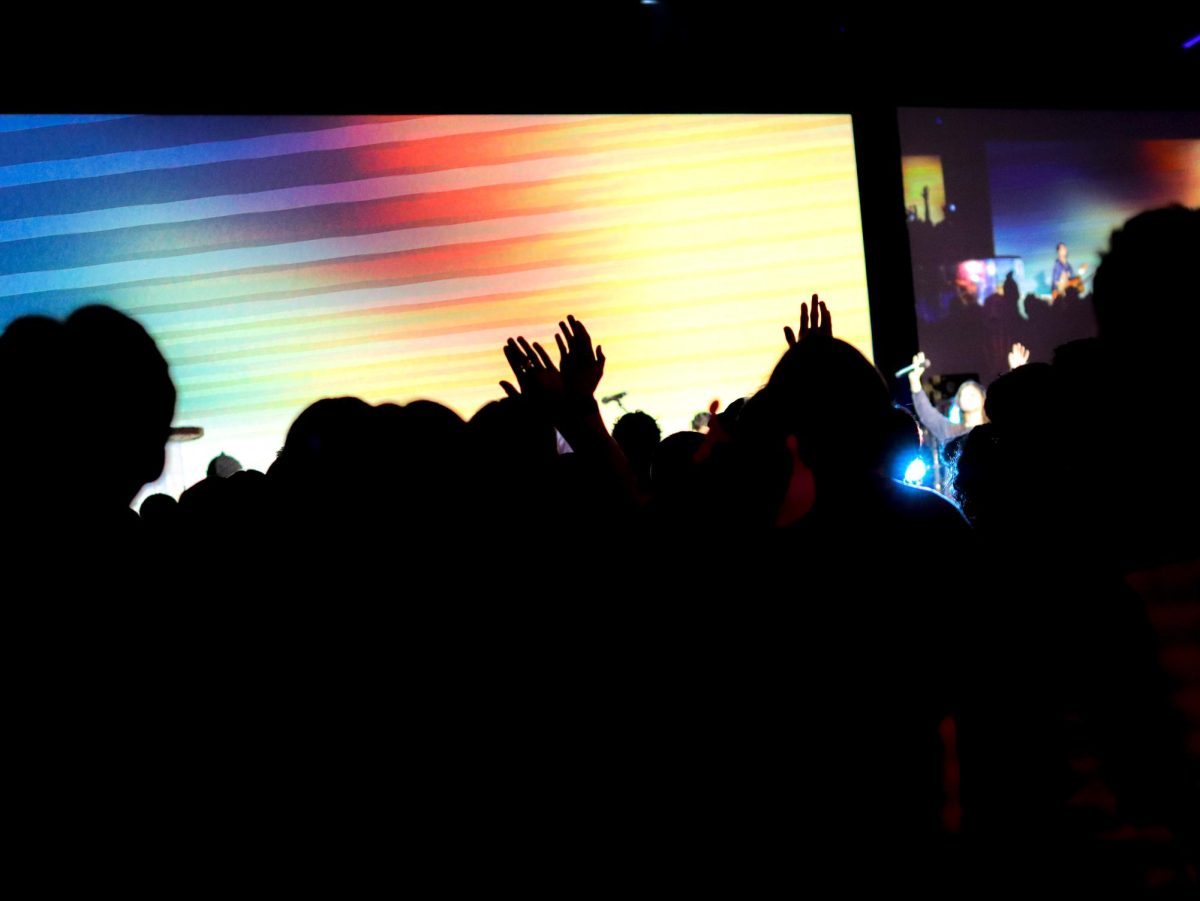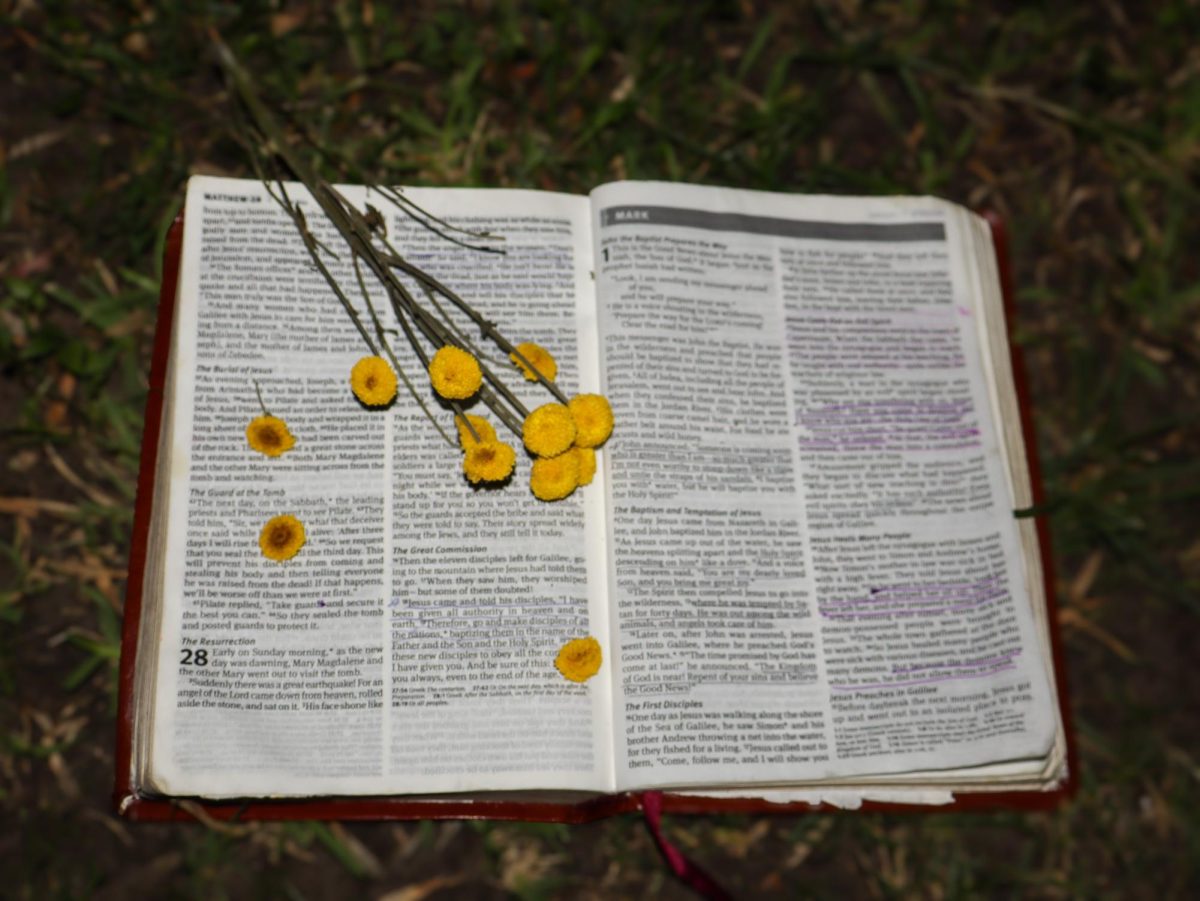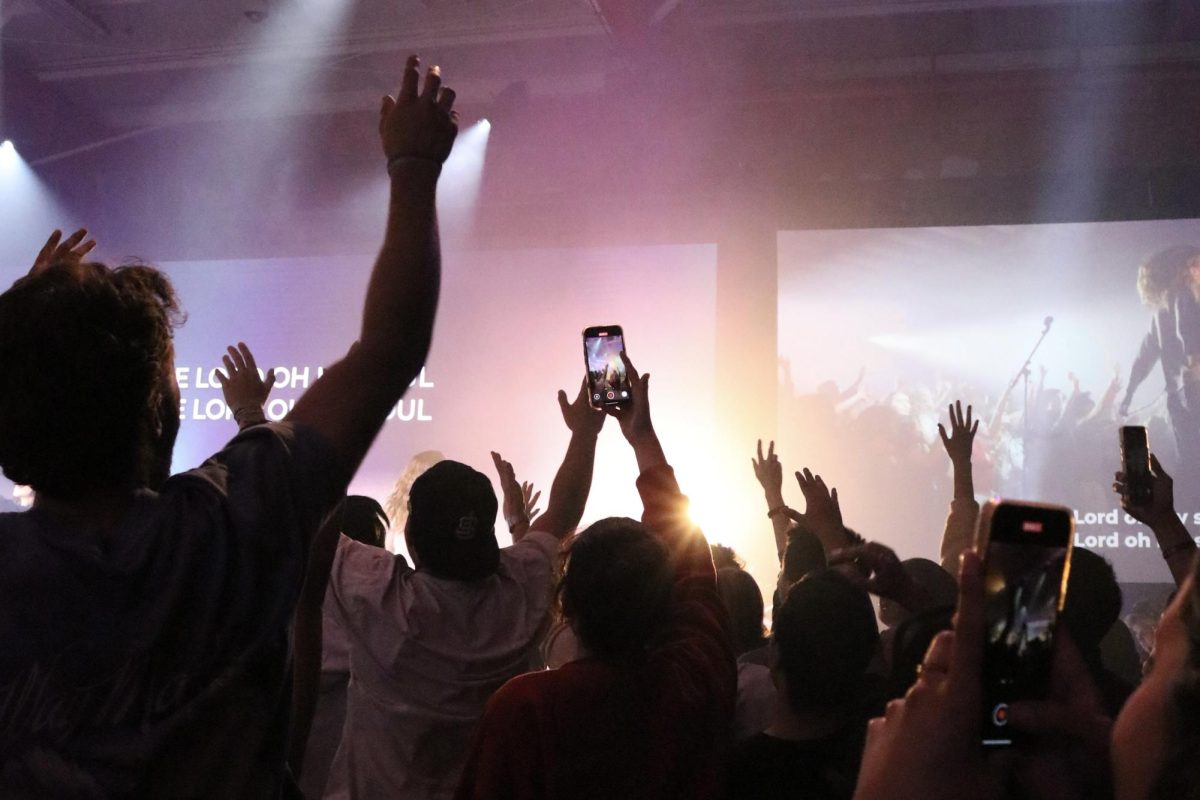Back in the 1950s when Walt Disney first envisioned Disneyland, he wanted to create an amusement park where families could be entertained. The park only charged a small admission fee of one dollar in addition to ride tickets, which cost between 10 and 30 cents, and were primarily designed to keep out troublemakers. Today, Disneyland thrives with millions of patrons annually, but recent fee hikes may drive “trouble-making” middle-class families away. Even with his futuristic insights, I doubt Disney would have foreseen charging over $1,000 for annual park passes.
A new annual pass with no blackout dates was introduced recently for $1,049 — a $270 increase. A lower-cost pass for $849 is also available with blackouts around Christmas and New Year’s Eve. Passholders will pay more and get a lower number of rides next year since Fantasmic, the Disneyland Railroad and Rivers of America will be closed.
ALL-TIME HIGH
Nonetheless, despite regular rate hikes, visits have not decreased. In fact, attendance at the parks has reached all-time highs. This is how Disney justifies increased admission prices.
This 35 percent fee increase, the largest increase in recent Disneyland history, is necessary the company stated, since there is strong demand for annual passes. This has caused overcrowding.
The smaller pool of pass-holders is expected to reduce overcrowding, while generating the same revenue. They also expect to reduce complaints from guests having to wait in long lines for rides with huge crowds, making the “happiest place on earth” not such a happy place after all. Lack of parking spaces from this overcrowding also allowed Disney to eliminate the annual parking pass option for all except Signature Plus pass-holders, who now must pay $18 every time they visit the park.
SQUEEZING OUT THE MIDDLE CLASS
These pass price hikes indicate Disney is squeezing out the middle class, or those who spend less and come on busy days, in favor of the big spenders.
Typically, local pass-holders do not spend a lot on extras at the park. It is the vacationers who stay at the hotels, buy souvenirs and eat meals at Disney restaurants the theme park seeks, not the locals. Are these the clients Walt originally wanted to serve? It appears not. Those who run Disney today, however, recognize die-hard fans will most likely see the black-out pass as a better deal than paying the daily admission rate of over $100. Hardcore Disney loyalists will continue to splurge on limited-edition collectibles and invite friends and family to visit the park for a few days.
MICKEY-MAMMOTH
“We are not happy with the price increase and are contemplating not renewing,” said Karen Gerharter-Goodman, grad student, referring to herself and her husband. “Disney is the main source of entertainment for us, but they are trying to have their cake and eat it too.”
Mickey Mouse-sized admissions prices have certainly grown by “Mickey-Mammoth” proportions for annual passes. The bottom line — Disney is a business and wants its parks full of just the right amount of “high-paying” customers.







